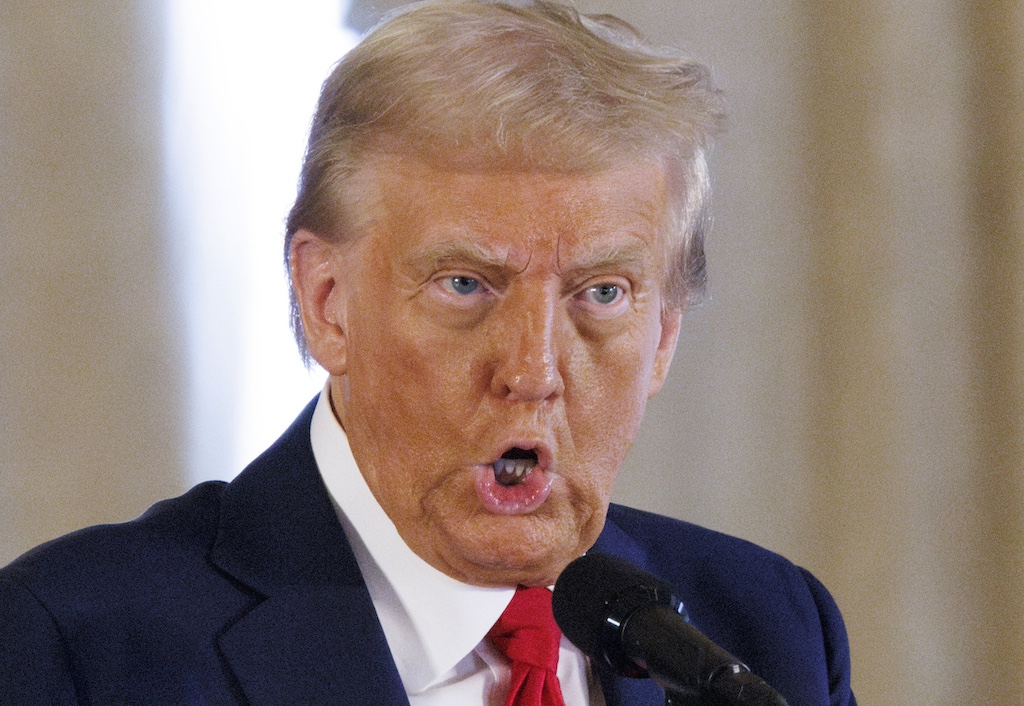As soon as Donald Trump won the election in November, predictions about his second term began to fly. Among liberals and leftists, the dominant interpretation has been that a second Trump term would be “without guardrails,” as Ezra Klein has put it. While much of the Republican Party, from Mike Pence to Reince Priebus, was dedicated to restraining Trump in his first term, now the party is united around Trump as führer. Accordingly, we should expect Trump to govern in an even more authoritarian manner than his first term.
In less than two weeks, however, this argument is rather closer to the Trump administration’s self-image than its actual practice. While Trump has the capacity to do incredible damage in his presidency, he is no more operating without constraints this term than he was in his first administration. Understanding these constraints is key to defeating him.
Trump’s first two weeks have been filled with executive orders. He has rolled back a number of Joe Biden’s orders and issued about forty of his own. All of these orders are varying combinations of ill-considered, sadistic, superficial. But the most potentially consequential action came from a slightly lower bureaucratic level, in a memo from Trump’s acting budget director on January 27. This memo called for a pause on “all federal financial assistance,” by which it meant the various grants and loans the federal government provides to states, cities, and nongovernmental organizations of various sorts. This money comes to some $3 trillion a year — a massive spigot of cash to suddenly turn off in the name of rooting out “Marxist equity, transgenderism, and green new deal social engineering policies.”
Federal grants and loans fund everything from homeless shelters to government mortgage backing to Medicaid. In the twenty-four hours after the memo was issued, all manner of institutions were thrown into chaos, with deep uncertainty as to when the funds might…
Auteur: Paul Heideman

